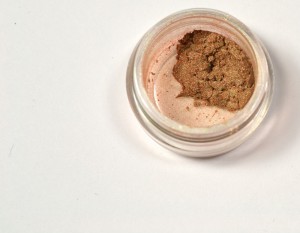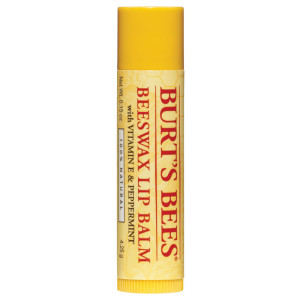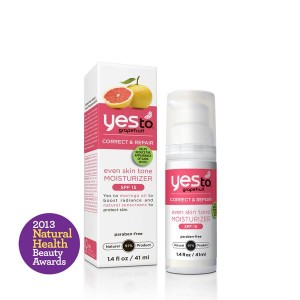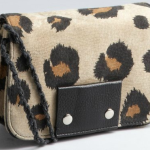To understand the dangers of certain cosmetic chemicals we first have to remember that our skin is an organ. When we place creams, liquids and even powders they can be and likely are, absorbed into your skin. This means it has the potential to reach your blood stream and other organs. So knowing that, would you purchase an item that had a label of “may cause cancer”? Just because it isn’t labeled doesn’t mean it isn’t true. Knowing what chemicals you are putting on your face and body is vital.
A woman puts anywhere between 130 – 515 chemicals on her face and body, daily. We do this without even thinking about doing it. But what we don’t realize is that some of those complicated words on the ingredient list are actually harmful chemicals and many of the individual ingredients haven’t been evaluated for safety. (Be overtly aware of this if you purchase foreign products.) Sites like Mbm.net.au have a huge database of cosmetic ingredients, their purpose and how harmful they are. Additionally, following safecosmetics.org will keep you abreast on the current strides being made to address these cosmetic chemicals and the companies who use them.
My solution, natural is better. Let’s be honest, I can’t remember that entire list (and it is a HUGE list) when I’m out shopping at a local store but I can keep the ingredients to a minimum. A great way to do this is to purchase natural based products. If you are lucky the ingredients will be simple with no complex words. If you purchase online I recommend checking the ingredients to the website provided before making your purchase and if all else fails, make some homemade products! Then you’ll really know what’s in your make-up.
Have you ever thought about how many chemicals you put on yourself? Here’s my three to avoid and some alternatives.
1. Petroleum by-products like petroleum jelly, petrolatum, liquid paraffin and mineral oil.
-
The issue: It interferes with the body’s own natural moisturizing mechanism only increasing dry skin and chapping making you want to use the product even more. Cheap trick industries!
-
Alternative: Use natural waxes like beeswax combined with oils like sweet almond oil. Looks and feels similar to the jelly petroleum however are much better for your skin. The difference here is you won’t be drying out your skin; you’ll actually be healing it!
-
Try it: Burt’s Beeswax Lip Balm
Parabens (Methyl, Butyl, Ethyl, Propyl) are used as preservatives and they aren’t always labeled.
- The Issue: Primarily used in skincare products and deodorants they have been found to cause breast cancer tumors. It also has the possibility to contribute to sterility in males, hormones imbalances in females and produce early puberty/
- Alternative: First off use natural deodorant or make your own at home! You could also use products which utilize Phenoxyethanol which is a natural alternative derived from rose. Antioxidants like C and E also offer preservation as well as grapefruit seed extract, rosemary extract and essential oils which increases the shelf life of the product.
3. Talc (Talcum) powder is a cosmetic grade powder that is identical to asbestos a carcinogenic chemical.
 Why? It’s used to absorb moisture and applied to the underarms and genital area as well as in blushes, face powders, eye shadows, foundations and skin fresheners.
Why? It’s used to absorb moisture and applied to the underarms and genital area as well as in blushes, face powders, eye shadows, foundations and skin fresheners.
- The issues: Used near the eyes it can irritate sensitive mucous membranes. However, Talc in a liquid product poses minimum risks. It does however clog pores and cause skin irritation. It is also linked to vaginal and ovarian cancers possibly due to its use on genitalia. There are also respiratory problems linked by inhaling the powder in the air.
- Alternative: Use products containing finely milled cornstarch, beeswax or other natural ingredients. Cornstarch is silky, very absorbent and safe for babies and completely non-toxic.
- Try it: BFTE Cosmetics Pro Eye Shadows





